Intellectual Property Infringement and Defence


The trade mark owner can take civil legal action to prevent unauthorised use of a sign which is identical or similar to the registered mark for identical and/or similar goods and/or services for which the mark was registered, where such use is likely to cause confusion on the part of the public. For a well-known trade mark, an infringement claim may still be brought against an unauthorised use of an identical or a similar sign for goods and/or services which are not identical and/or dissimilar to those covered by the registration, provided that such use has taken unfair advantage of, or is detrimental to, the distinctive character or the reputation of the registered mark. In certain jurisdictions, there could also be criminal sanctions. It is important to have trade mark registration to protect your intellectual property rights.
A patent owner can take civil action to prevent any person from infringing the relevant patent, and to seek remedies including an injunction, an order for delivery up, damages or an account of profits and a declaration that the patent is valid and has been infringed. Patent infringement refers to the act of exploiting the patent without the permission of the owner of the patent. Permission is usually granted through a license.
The definition of patent infringement may vary by jurisdiction, but often includes the use or sale of a patented invention. In many countries, the use of patents must be of a commercial nature (or have a commercial purpose) to constitute patent infringement. Some common examples of patent infringements are as follow:
In response to allegations of infringement, the usual defences are:
Patents are territorial and can only be infringed in countries where the patent is valid. People in other countries where the patent does not apply are free to implement the patented invention in their country. The scope of protection may vary from country to country, as patents are examined differently by patent offices in each jurisdiction.
If a person who without the permission of the copyright owner does, or authorises another to do, any of the above-restricted acts in relation to the work as a whole or any substantial part of it, then copyright is infringed. There are also situations where a person may be permitted to make reasonable use of someone else’s copyright works without seeking prior permission from copyright owners and which would not constitute copyright infringement under local law. The copyright owner would almost always start with sending the infringer a copyright infringement letter asking the infringer to cease and desist the breach of copyright.
Civil action can be taken by a copyright owner against an infringer in order to seek necessary relief against the infringer, such as an injunction to prevent further infringement, damages, additional damages or account of profits which the infringer made. A right holder of moral rights can commence civil action against any infringer of his/her IP rights. There may also be criminal sanctions against privacy activities in certain jurisdictions.
Parallel importation of a copyrighted work usually means the importation without the permission of the copyright owner, of a genuine copy of that work which was originally made with the authorisation of the copyright owner and destined for another market. Whether this is any restriction against this depends on the particular laws of the jurisdiction. You may wish to speak to your local lawyer about this.
Claims for infringement by the registered design owner may be brought in court by civil action. The registered design owner may apply for an injunction, an order for delivery up, damages or an account of profits. Design registration system in a jurisdiction is separated from other jurisdictions and will need to be registered in each jurisdiction of use.
In contrast to registered intellectual property, trade secrets are, by definition, not disclosed to the world at large. Instead, owners of trade secrets seek to protect trade secret information from competitors by instituting special procedures for handling it, as well as technological and legal security measures. Legal protections include non-disclosure agreements (NDAs), and work-for-hire and non-compete clauses. In other words, in exchange for an opportunity to be employed by the holder of secrets, an employee may sign agreements to not reveal their prospective employer's proprietary information, to surrender or assign to their employer ownership rights to intellectual work and work-products produced during the course (or as a condition) of employment, and to not work for a competitor for a given period of time (sometimes within a given geographic region).
Violation of the agreement generally carries the possibility of heavy financial penalties which operate as a disincentive to reveal trade secrets. However, proving a breach of an NDA by a former stakeholder who is legally working for a competitor or prevailing in a lawsuit for breaching a non-compete clause can be very difficult. A holder of a trade secret may also require similar agreements from other parties he or she deals with, such as vendors, licensees, and board members.
Not the right document?
Don’t worry, we have thousands of documents for you to choose from:
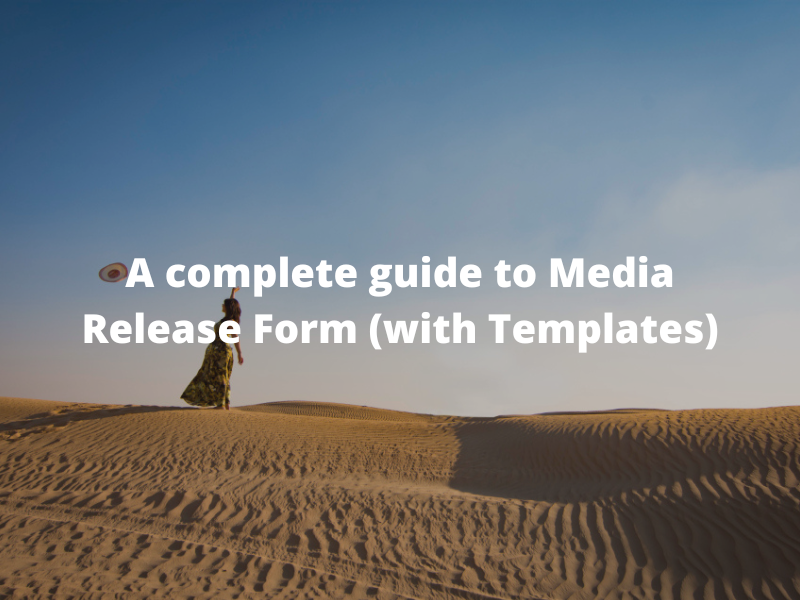
10 Jun 2022
6 min read

2 Jun 2022
6 min read

27 May 2022
6 min read

20 May 2022
6 min read

9 May 2022
6 min read
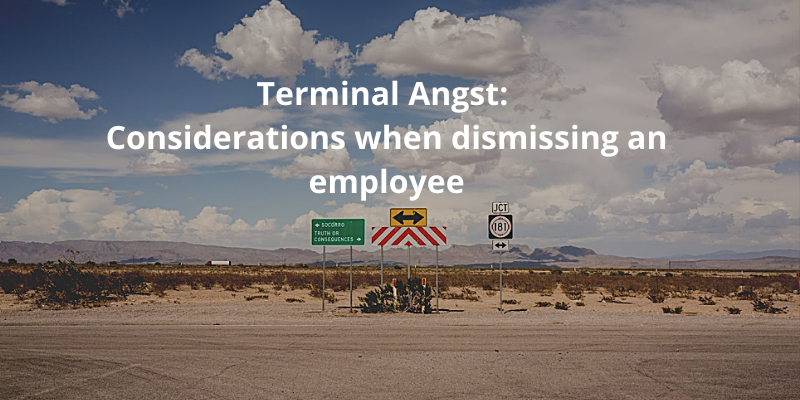
3 May 2022
3 min read
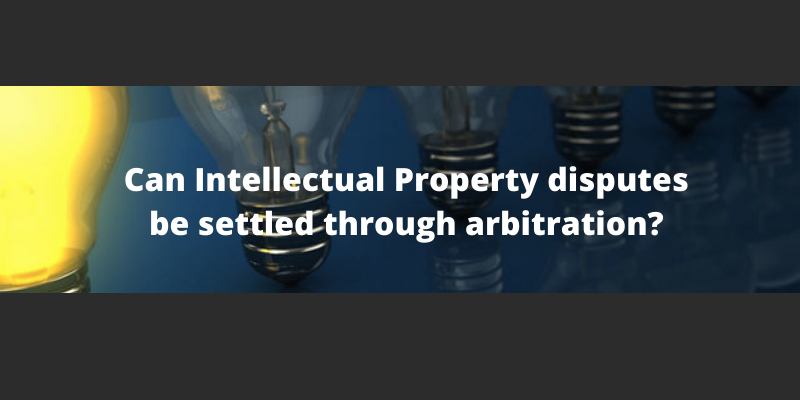
25 Apr 2022
5 min read
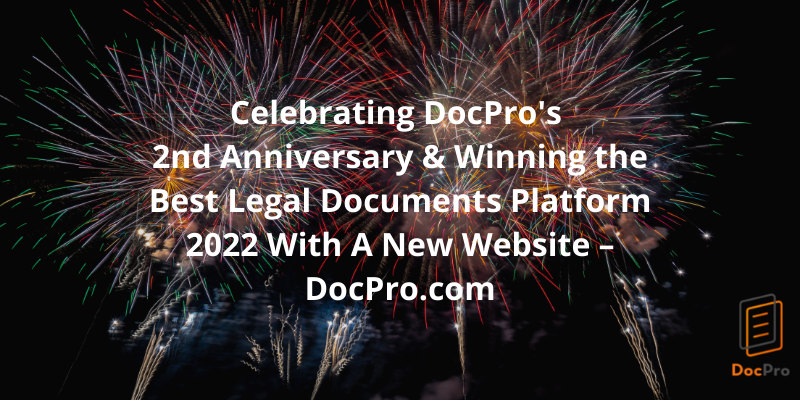
31 Mar 2022
1 min read
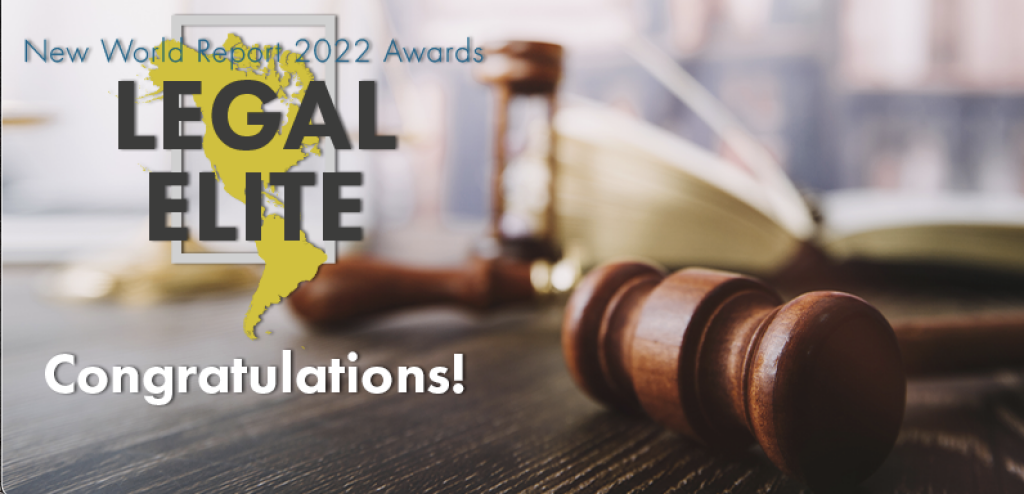
29 Mar 2022
1 min read
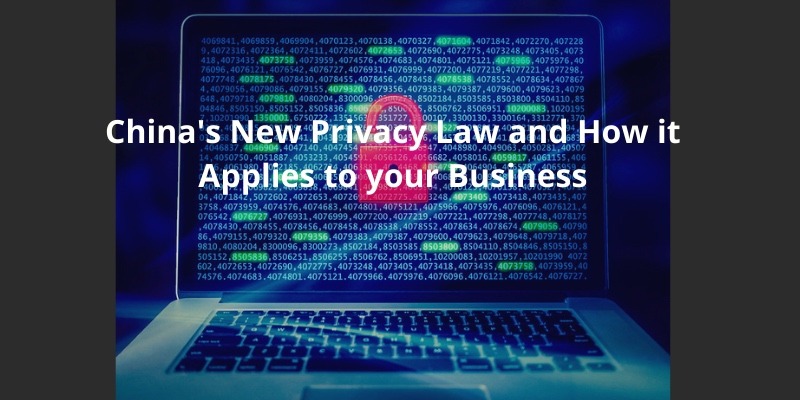
20 Mar 2022
6 min read
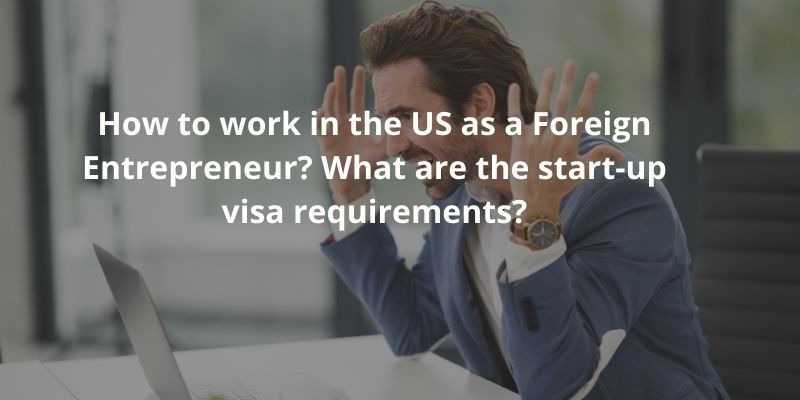
12 Mar 2022
5 min read
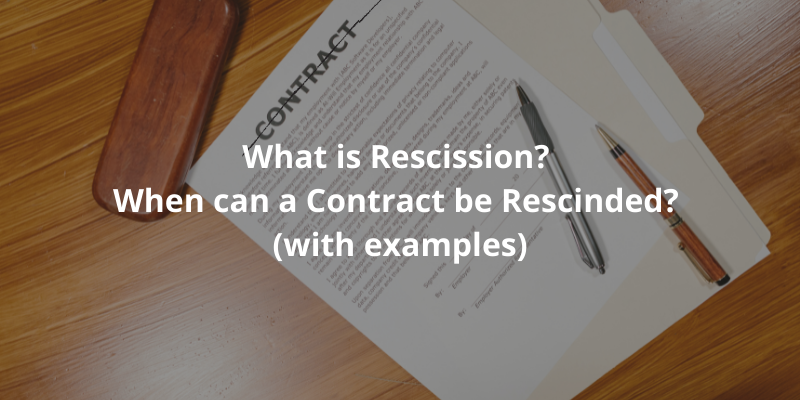
21 Feb 2022
5 min read

31 Jan 2022
5 min read
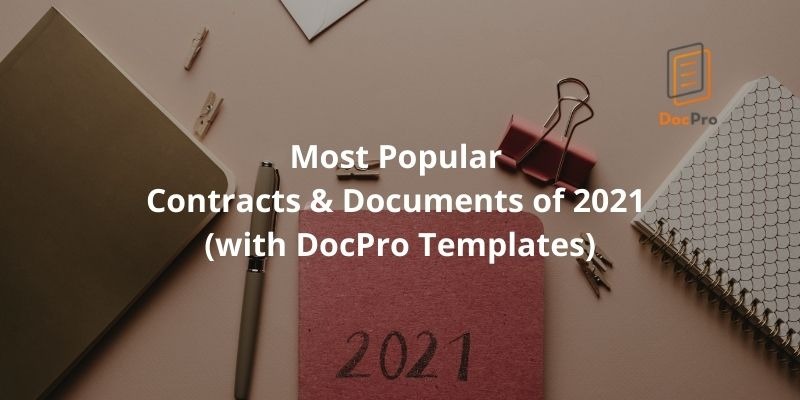
13 Jan 2022
4 min read
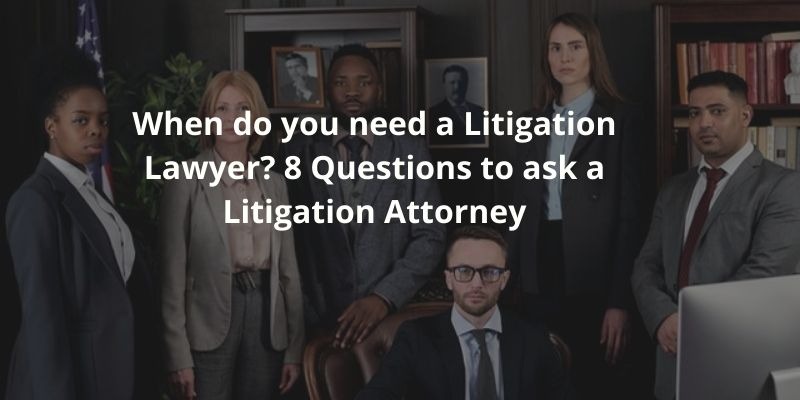
3 Jan 2022
5 min read
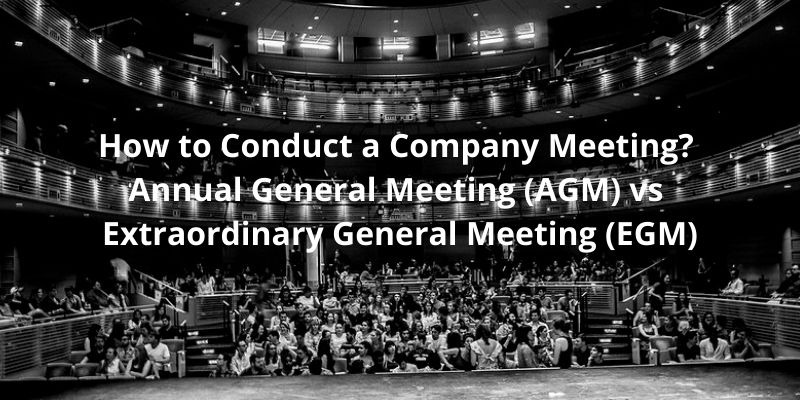
7 Dec 2021
11 min read
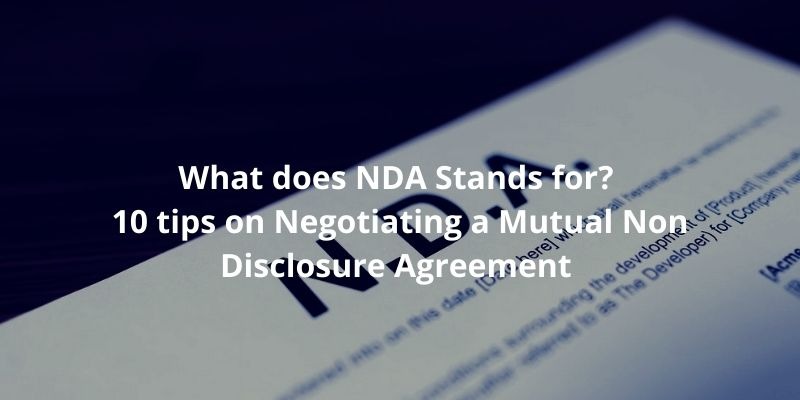
14 Nov 2021
6 min read
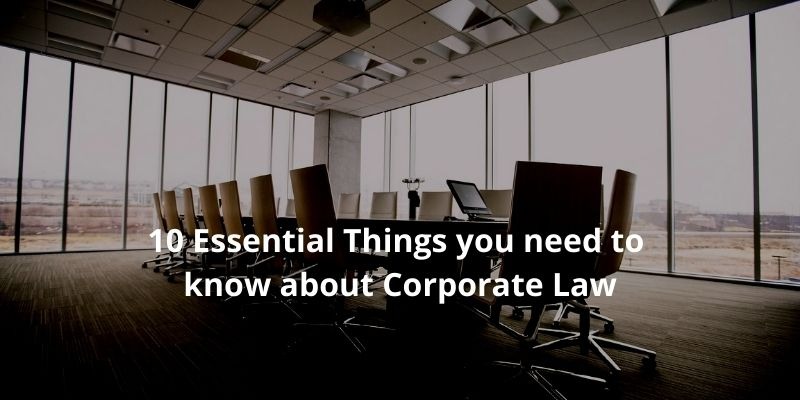
1 Nov 2021
9 min read

21 Oct 2021
1 min read
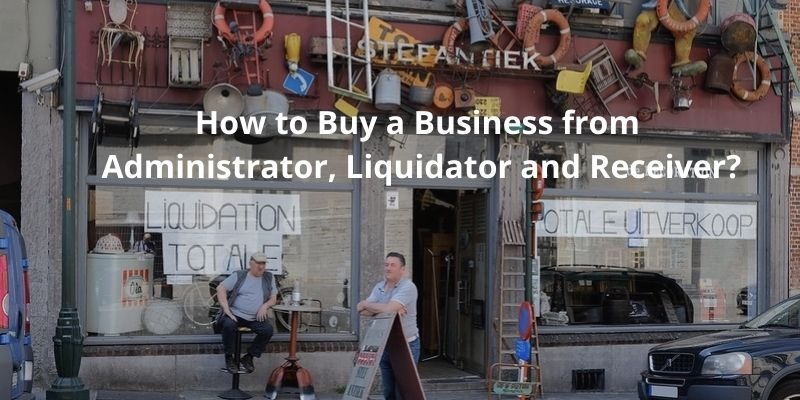
17 Oct 2021
7 min read
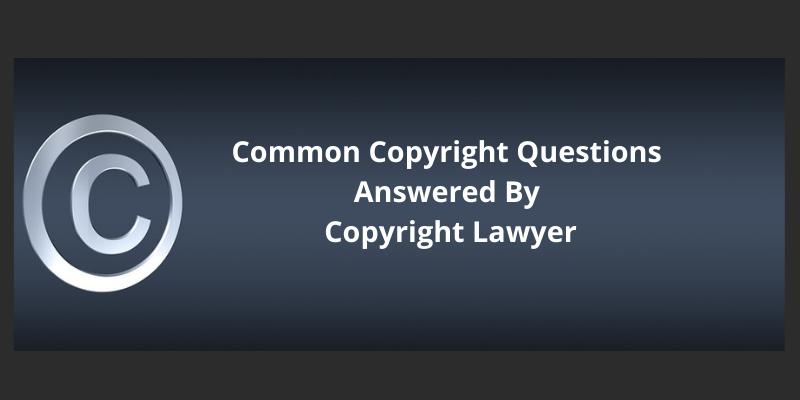
7 Oct 2021
12 min read
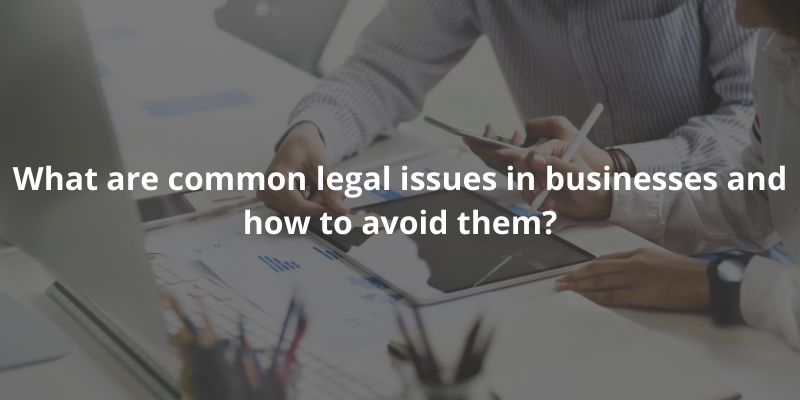
16 Sep 2021
4 min read
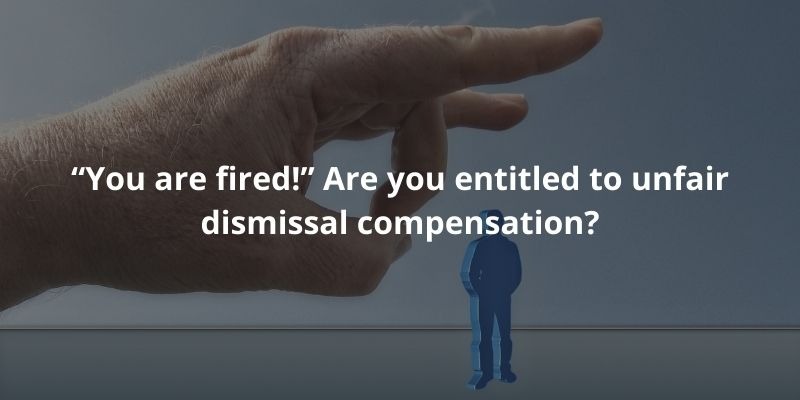
14 Sep 2021
5 min read
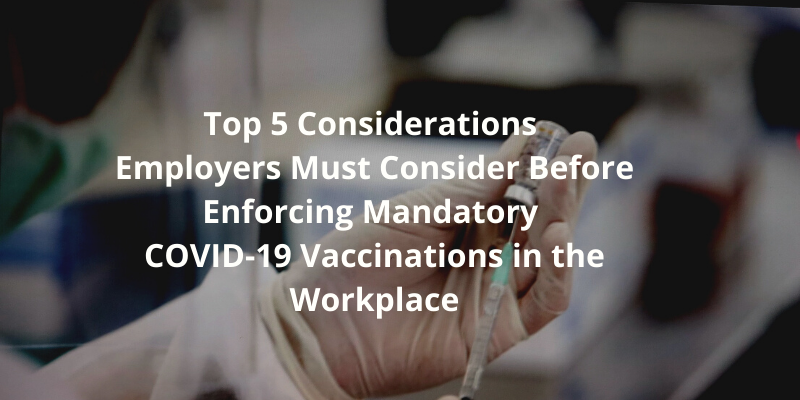
10 Sep 2021
3 min read
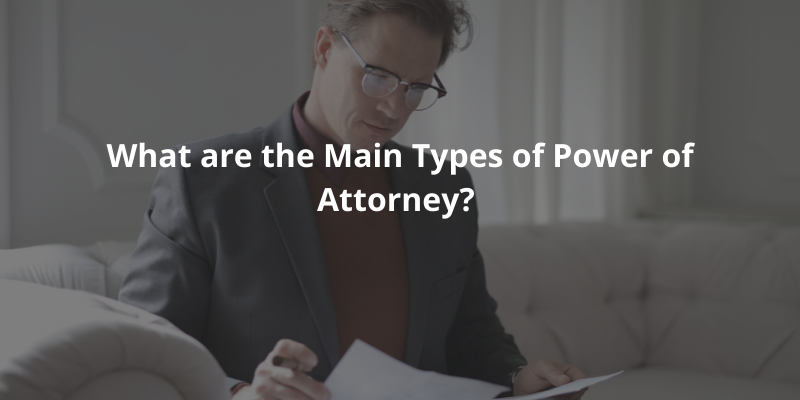
31 Aug 2021
4 min read
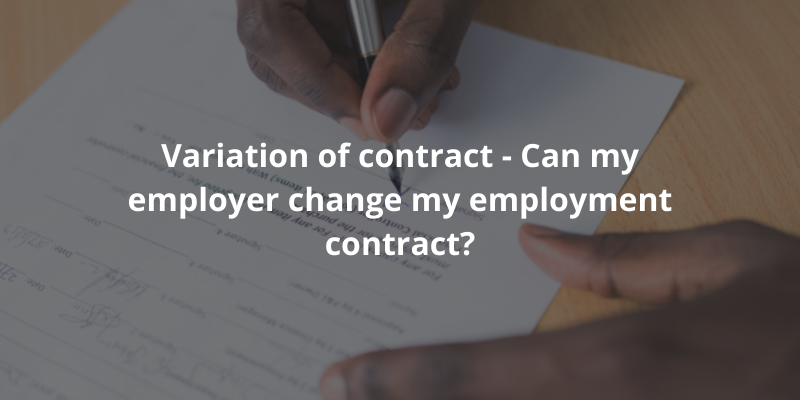
23 Aug 2021
3 min read
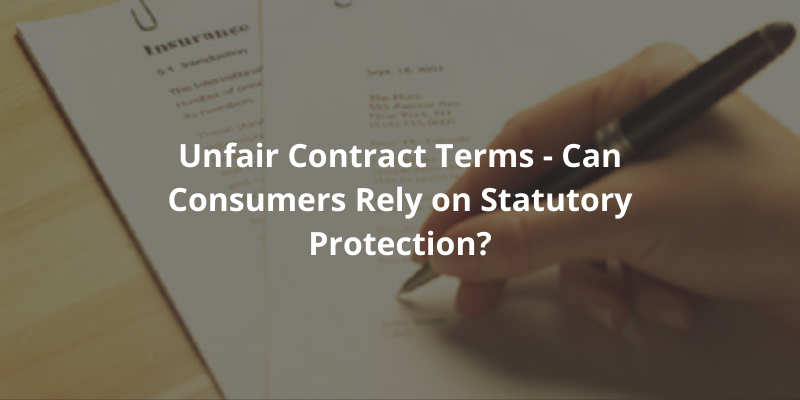
16 Aug 2021
5 min read

30 Jul 2021
6 min read
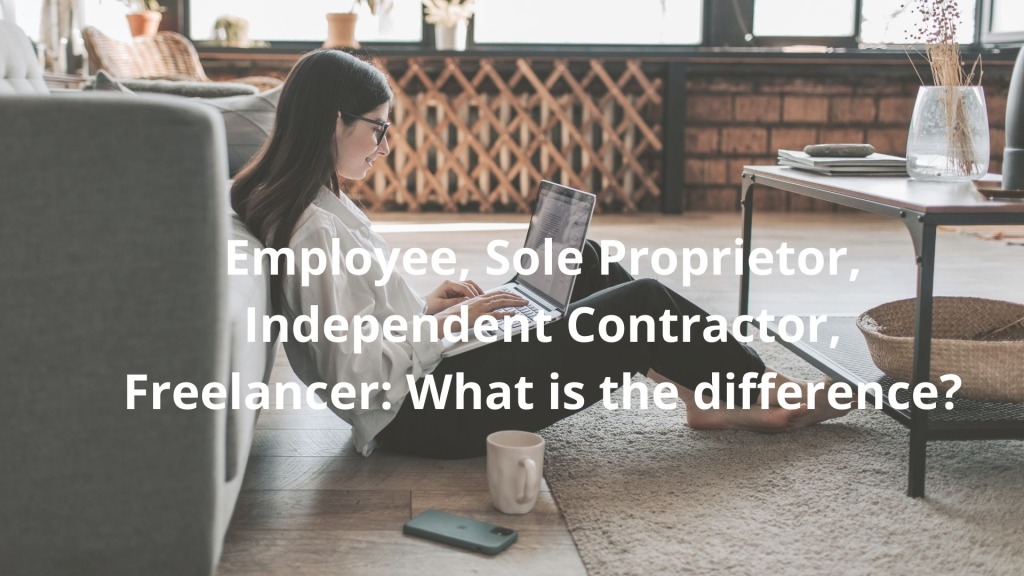
23 Jul 2021
7 min read
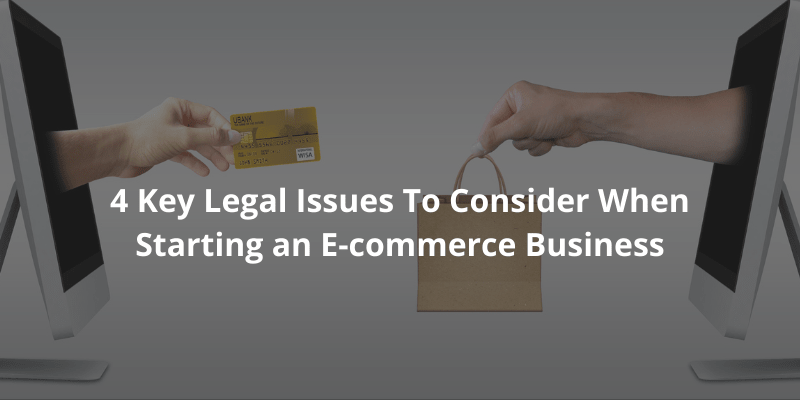
13 Jul 2021
5 min read
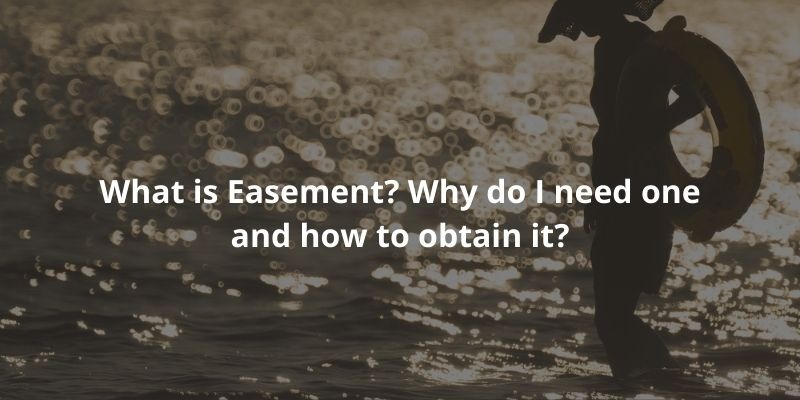
2 Jul 2021
5 min read

24 Jun 2021
5 min read

15 Jun 2021
4 min read
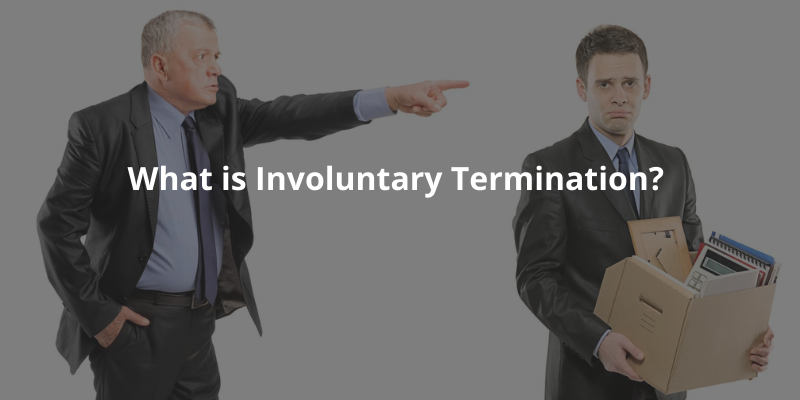
4 Jun 2021
6 min read
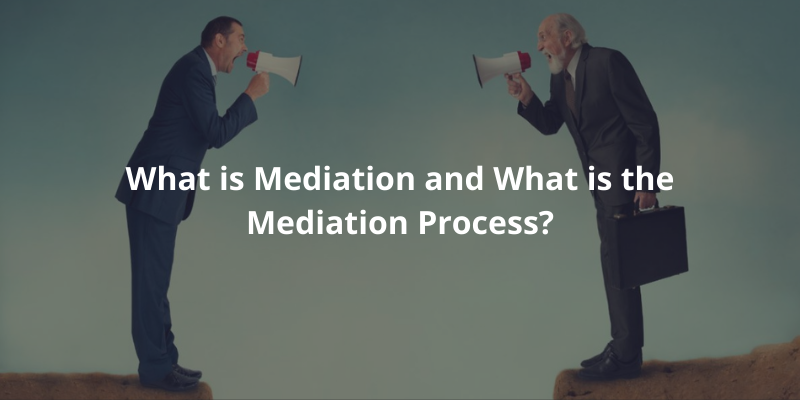
28 May 2021
5 min read
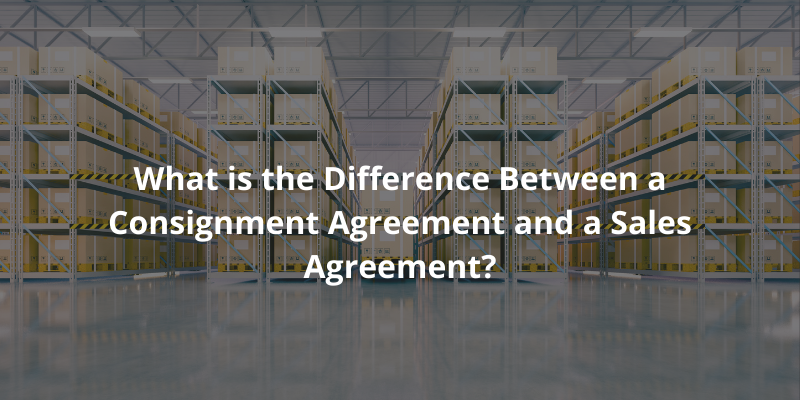
21 May 2021
5 min read

14 May 2021
5 min read

7 May 2021
5 min read

30 Apr 2021
5 min read
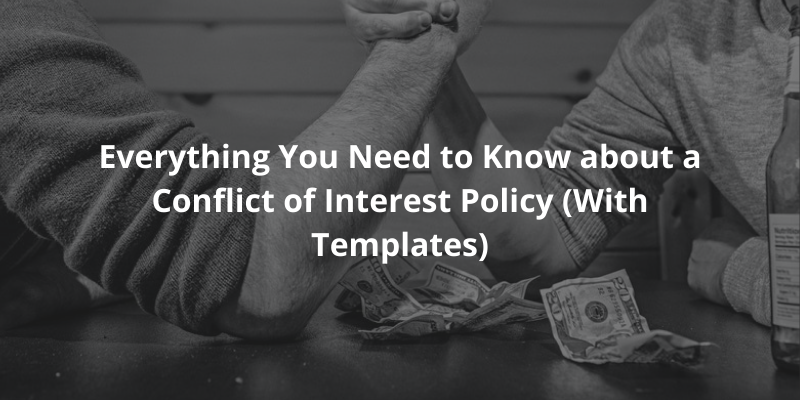
23 Apr 2021
5 min read

16 Apr 2021
5 min read
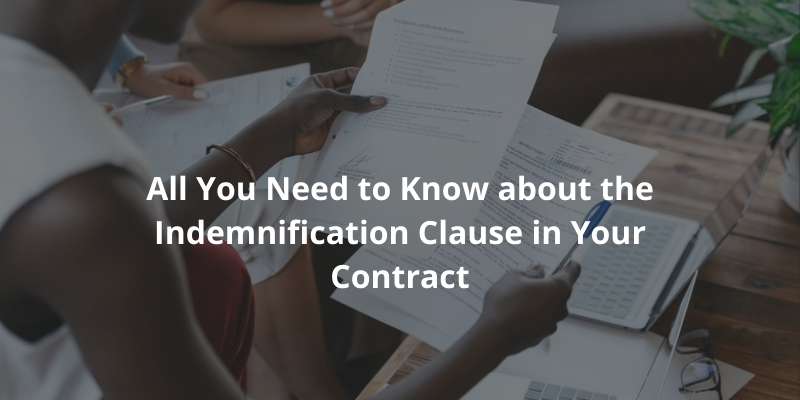
9 Apr 2021
5 min read

1 Apr 2021
5 min read

26 Mar 2021
4 min read

19 Mar 2021
5 min read
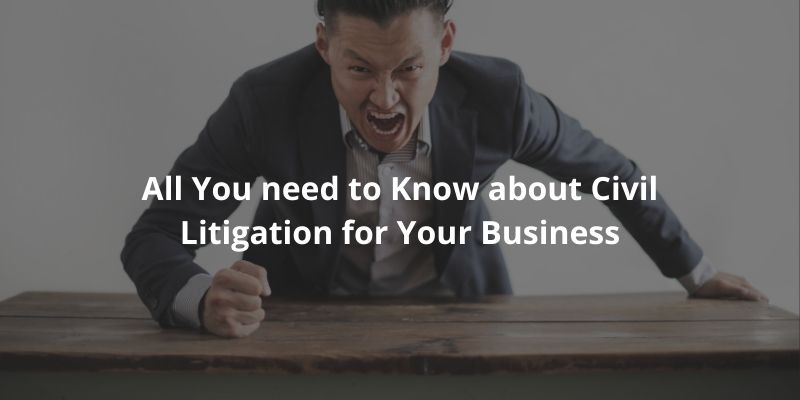
12 Mar 2021
5 min read
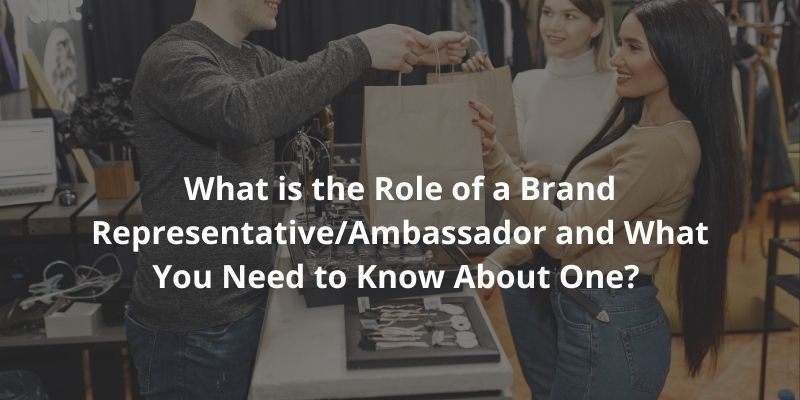
5 Mar 2021
6 min read
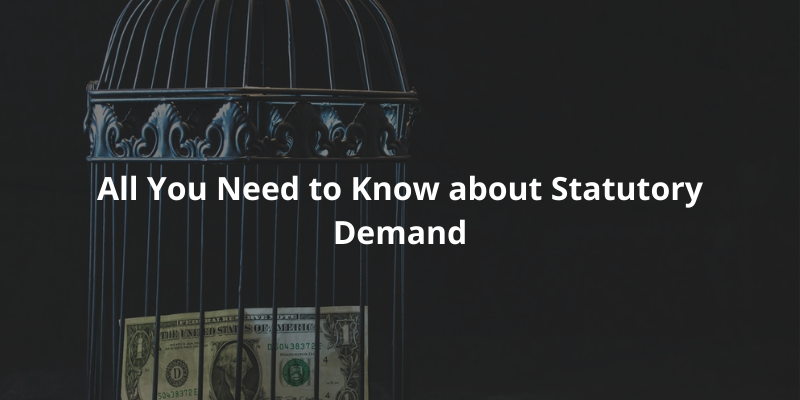
26 Feb 2021
5 min read
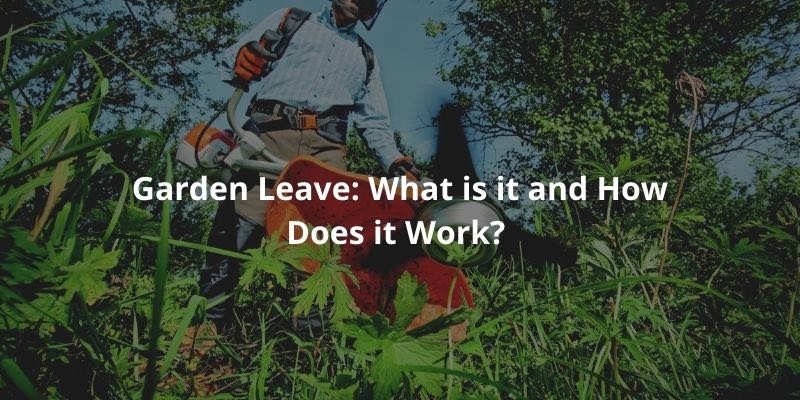
19 Feb 2021
6 min read

11 Feb 2021
5 min read
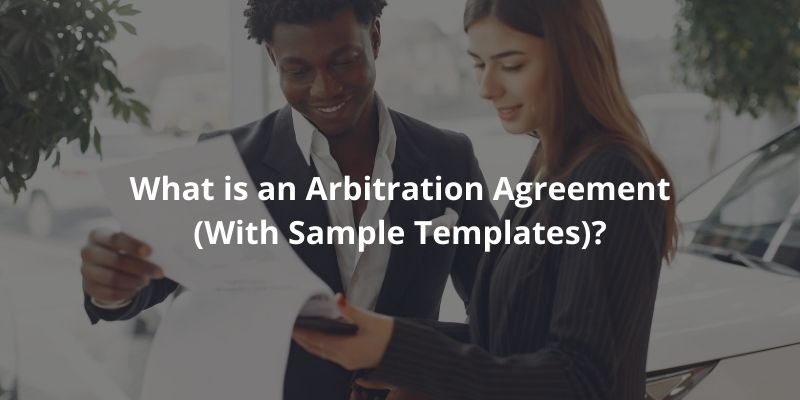
29 Jan 2021
6 min read
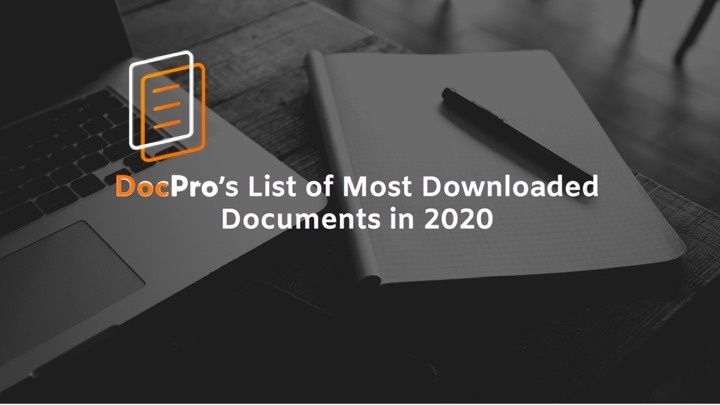
29 Jan 2021
3 min read
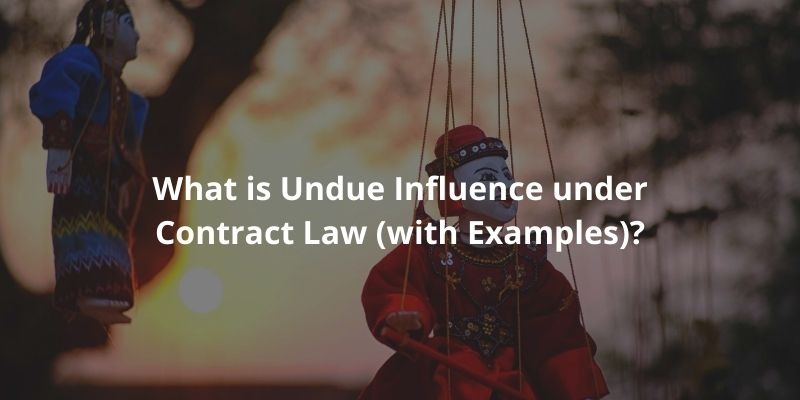
22 Jan 2021
6 min read
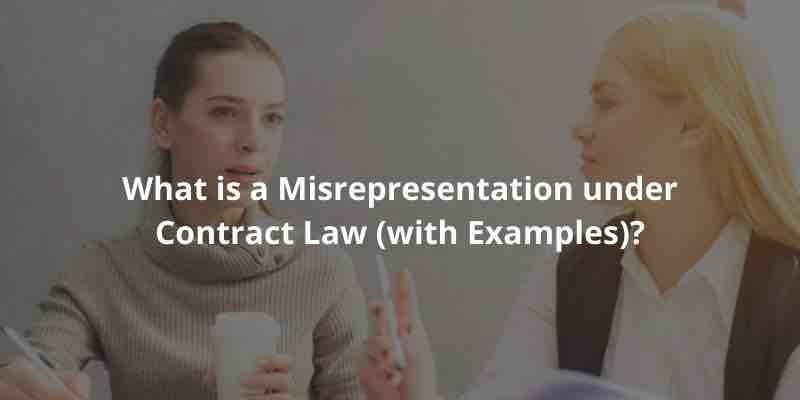
15 Jan 2021
6 min read

8 Jan 2021
6 min read
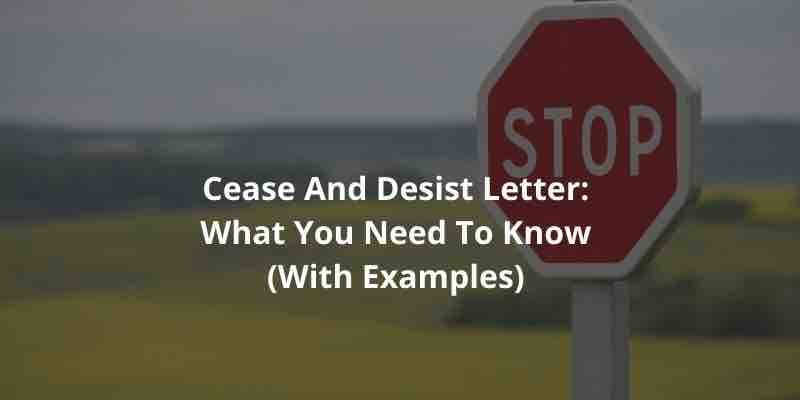
31 Dec 2020
6 min read
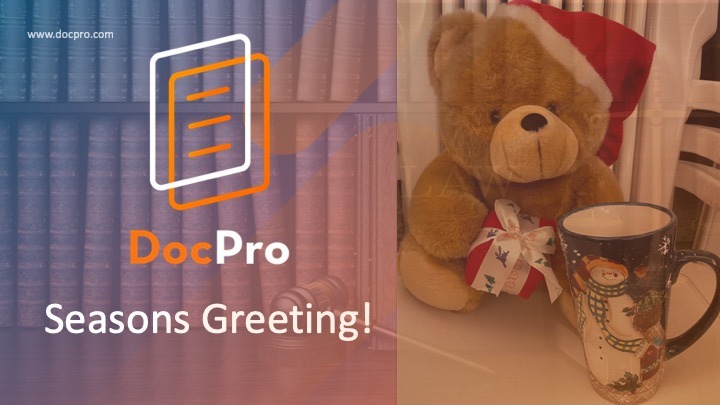
24 Dec 2020
0 min read

24 Dec 2020
7 min read
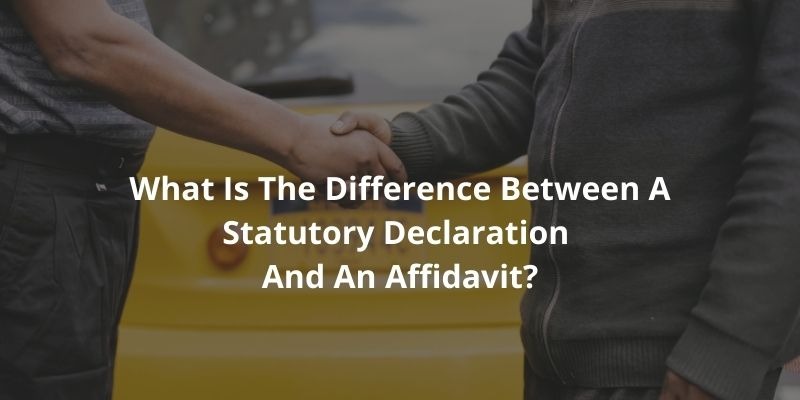
18 Dec 2020
6 min read

11 Dec 2020
6 min read

4 Dec 2020
6 min read
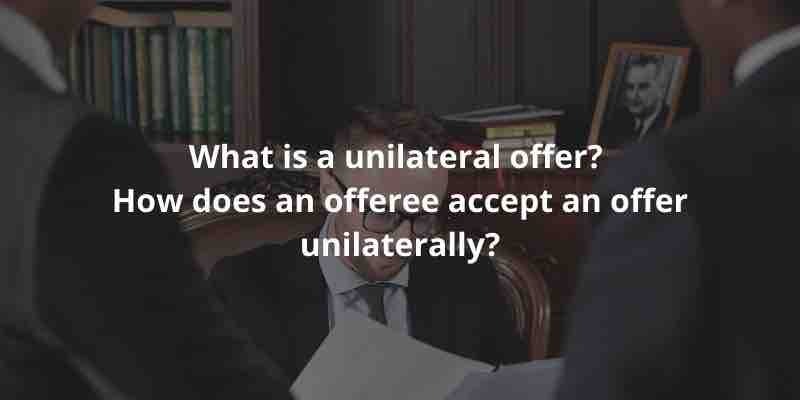
27 Nov 2020
6 min read
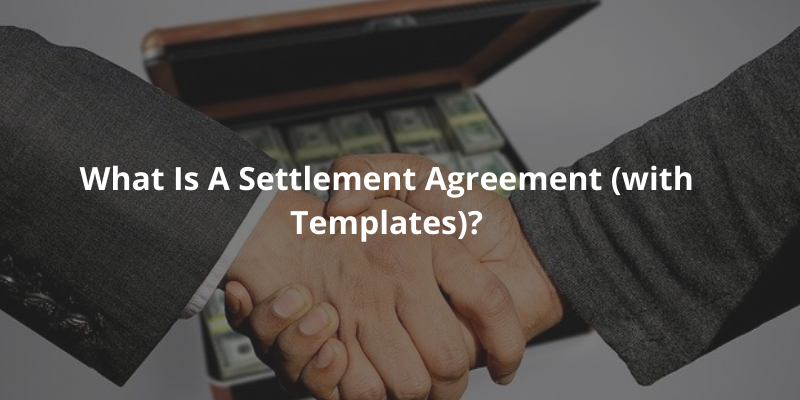
27 Nov 2020
7 min read
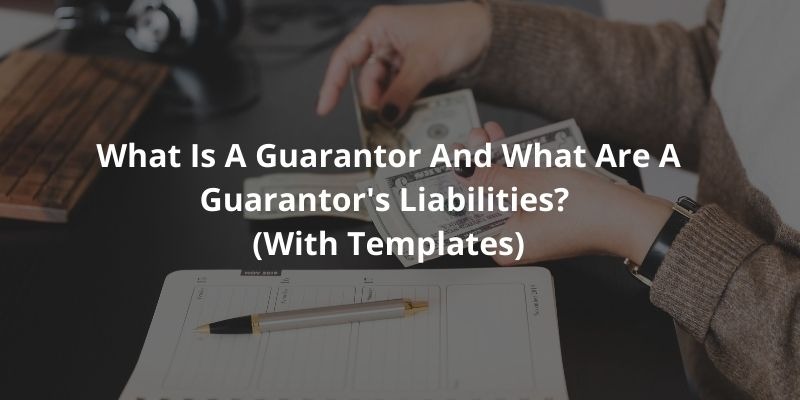
22 Nov 2020
7 min read
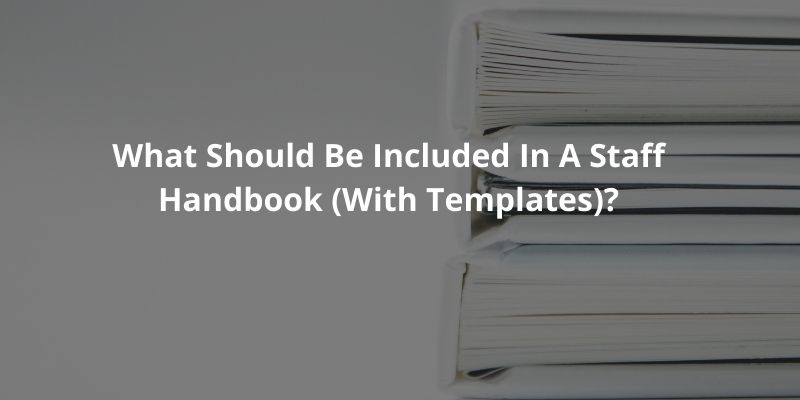
13 Nov 2020
8 min read
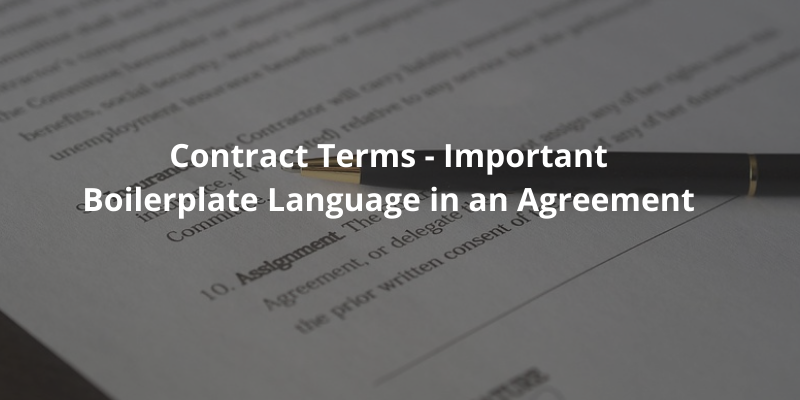
12 Nov 2020
8 min read
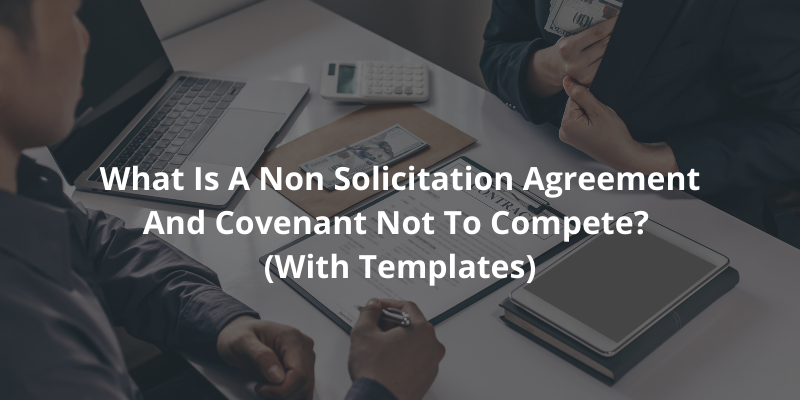
7 Nov 2020
8 min read

5 Nov 2020
6 min read
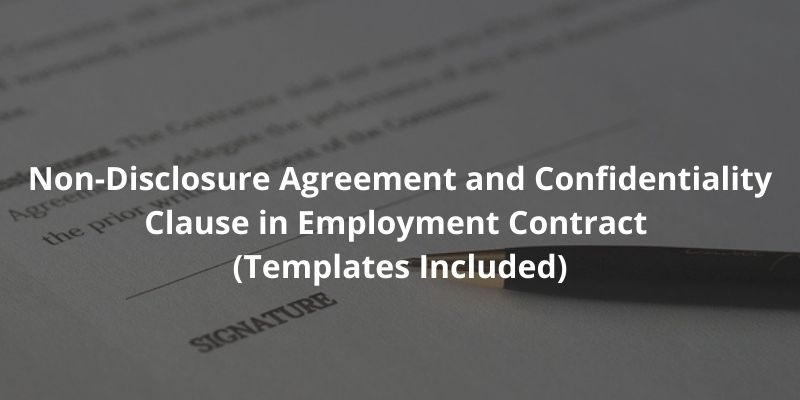
30 Oct 2020
7 min read
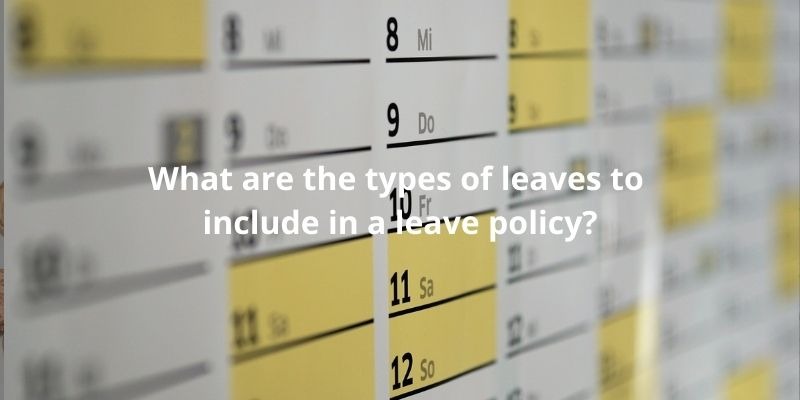
29 Oct 2020
8 min read
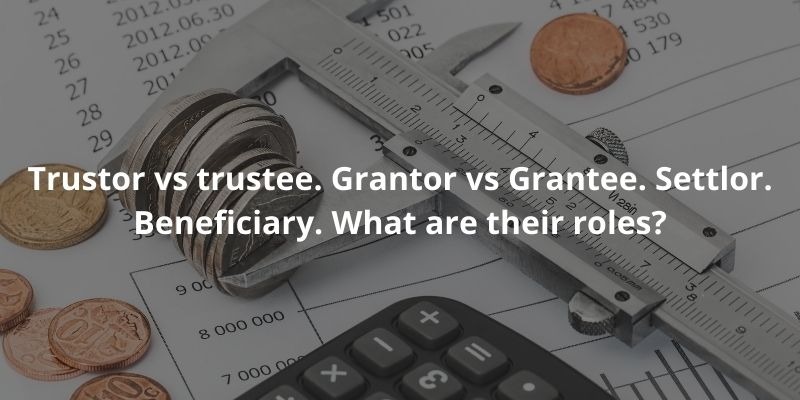
23 Oct 2020
7 min read
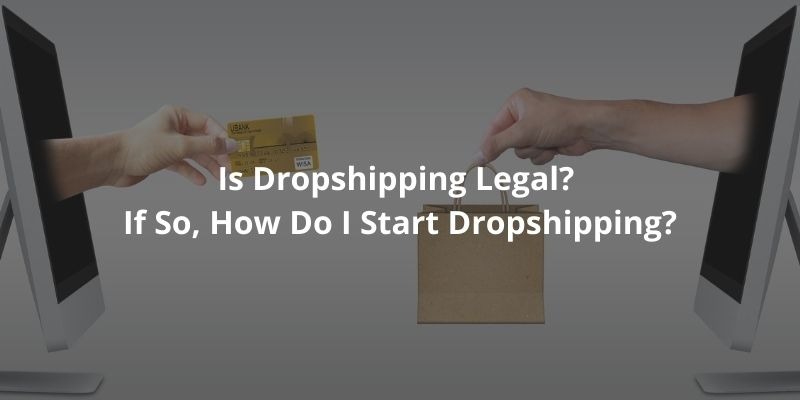
19 Oct 2020
8 min read
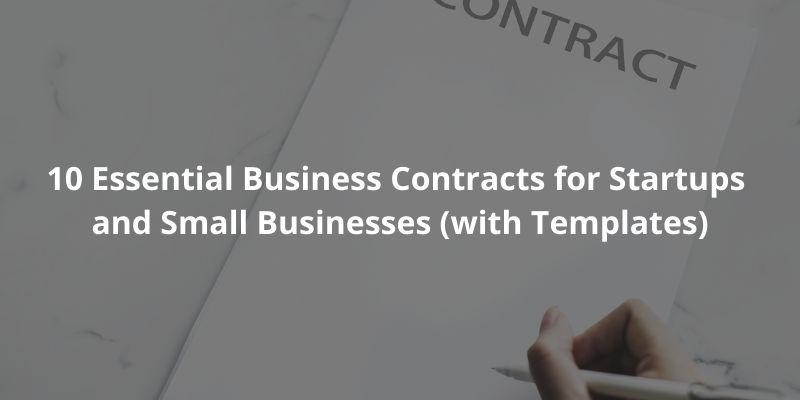
16 Oct 2020
10 min read
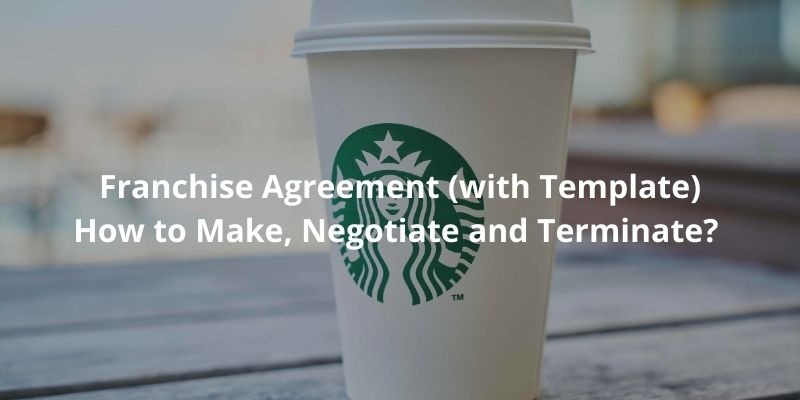
7 Oct 2020
9 min read
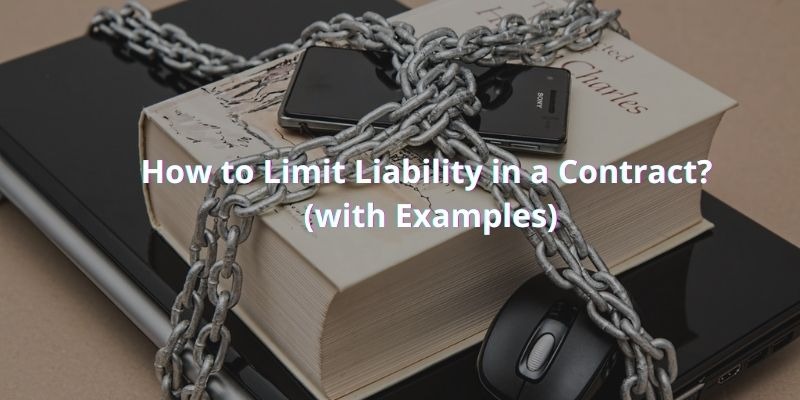
28 Sep 2020
8 min read

18 Sep 2020
7 min read
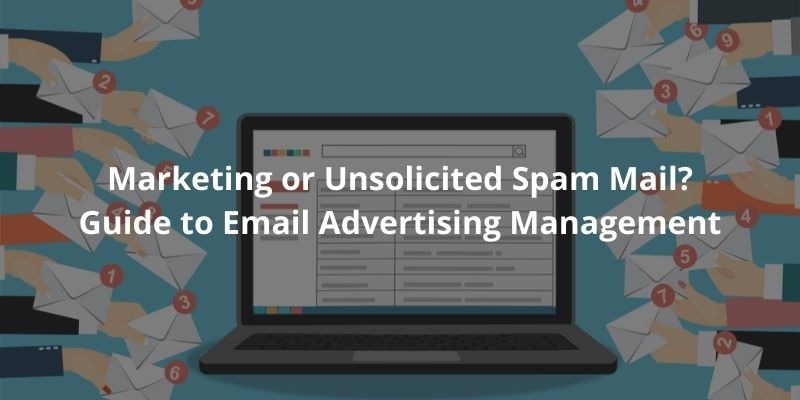
9 Sep 2020
7 min read
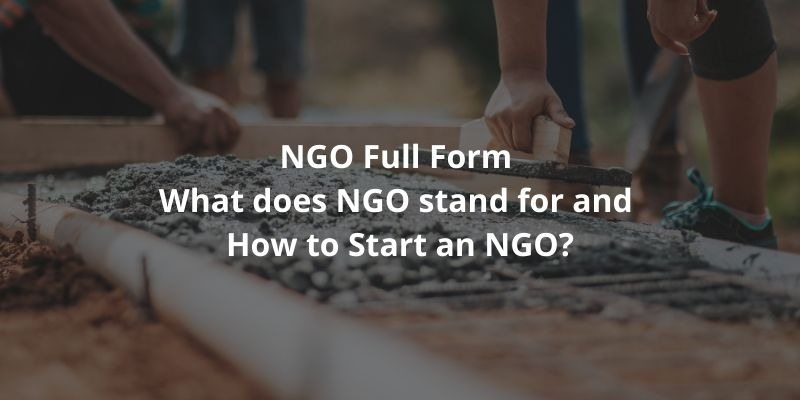
3 Sep 2020
7 min read

27 Aug 2020
8 min read
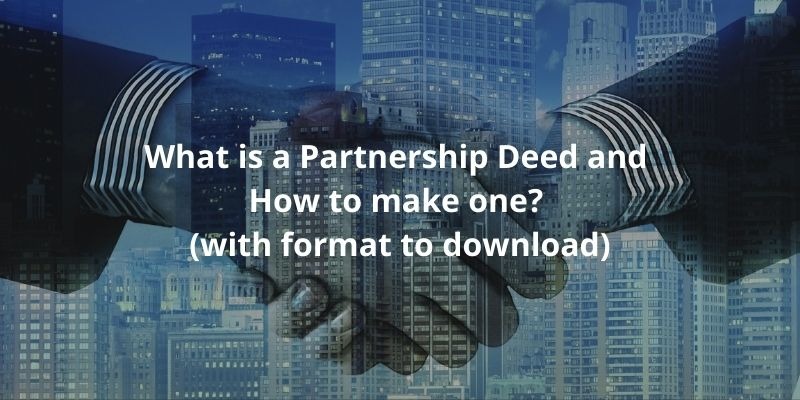
27 Aug 2020
9 min read

19 Aug 2020
8 min read

17 Aug 2020
8 min read

11 Aug 2020
8 min read

11 Aug 2020
8 min read
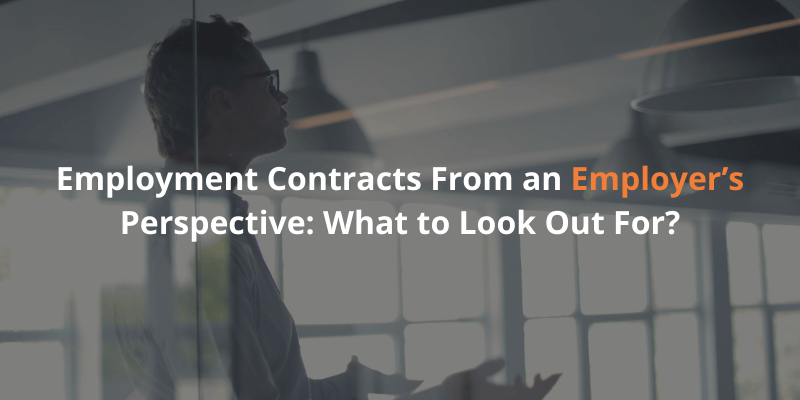
10 Aug 2020
11 min read

10 Aug 2020
9 min read
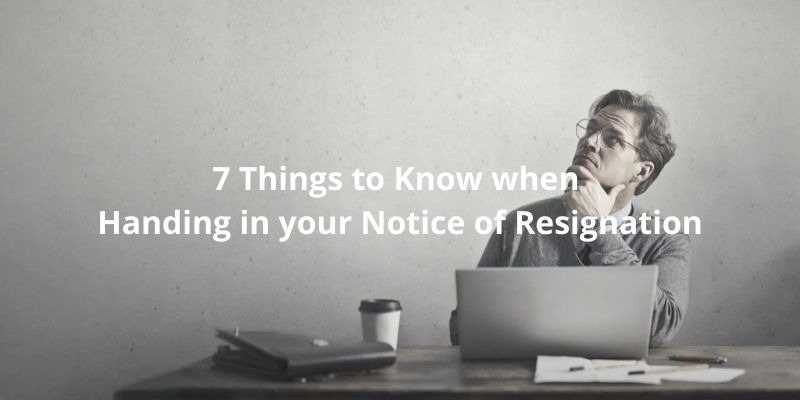
7 Aug 2020
9 min read

4 Aug 2020
9 min read
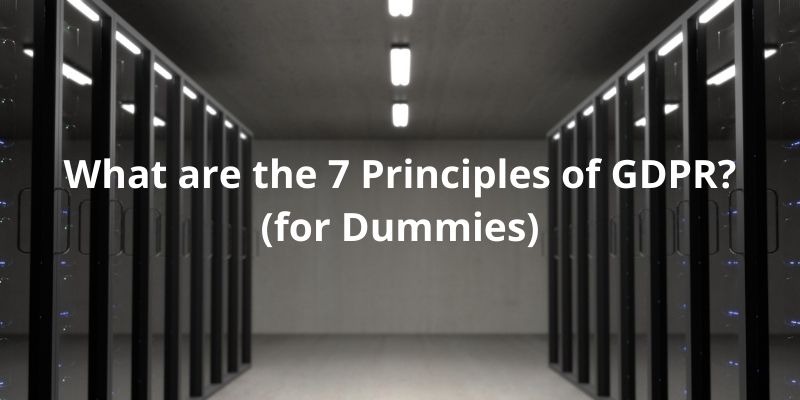
3 Aug 2020
10 min read
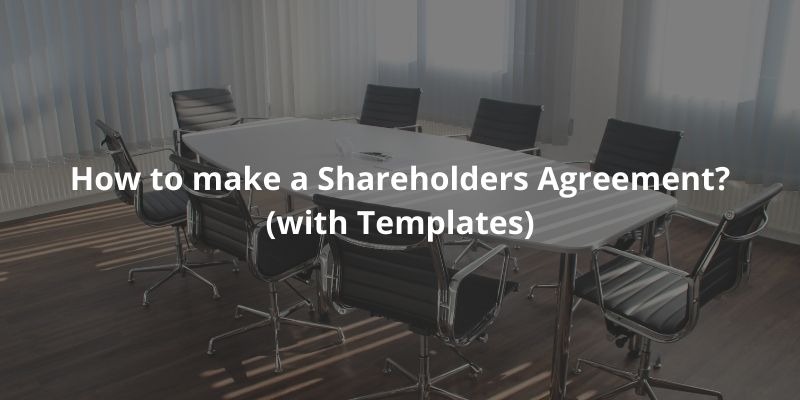
23 Jul 2020
8 min read
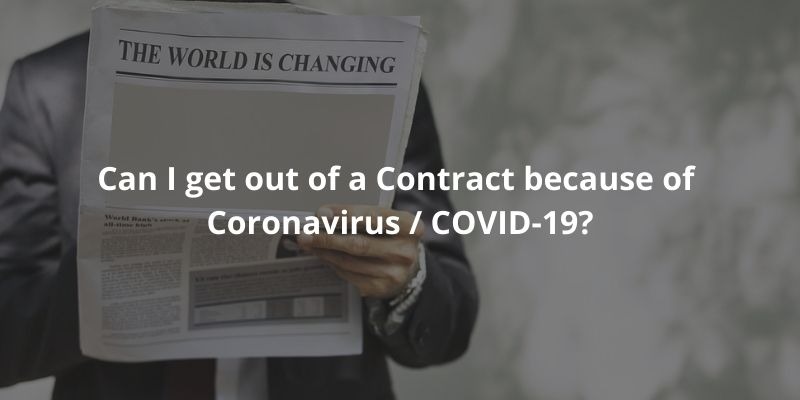
23 Jul 2020
8 min read

12 Jul 2020
8 min read
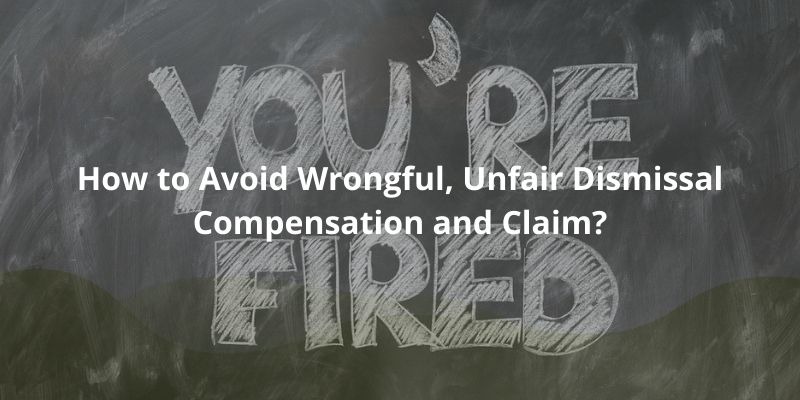
5 Jul 2020
7 min read
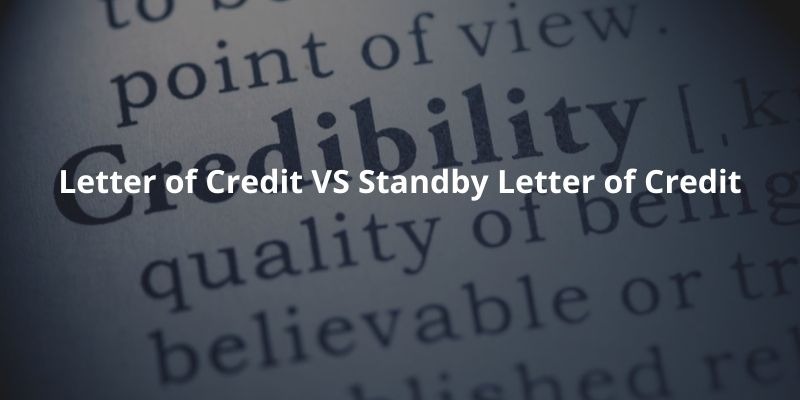
25 Jun 2020
7 min read
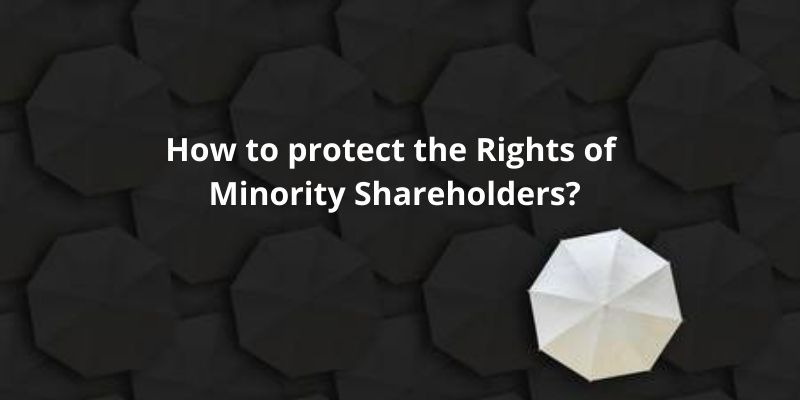
12 Jun 2020
9 min read
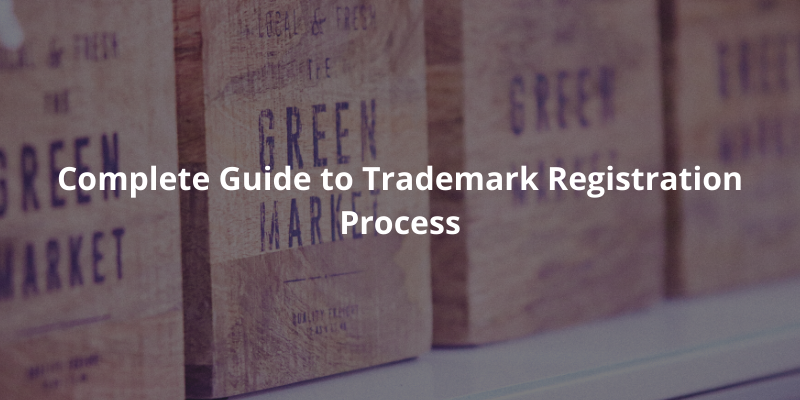
11 Jun 2020
9 min read

9 Jun 2020
9 min read
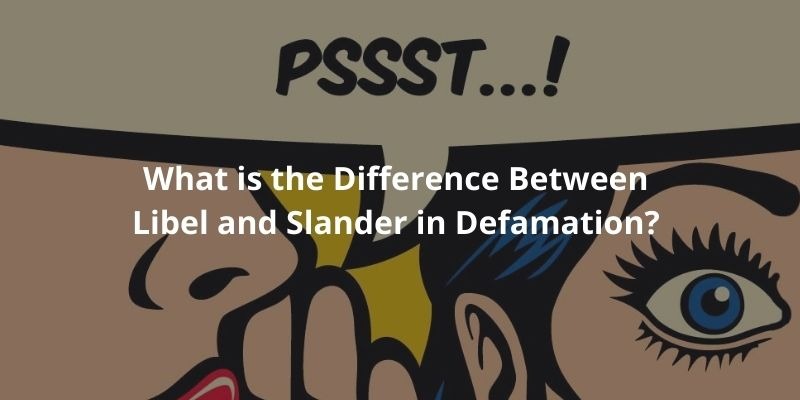
8 Jun 2020
8 min read

4 Jun 2020
5 min read
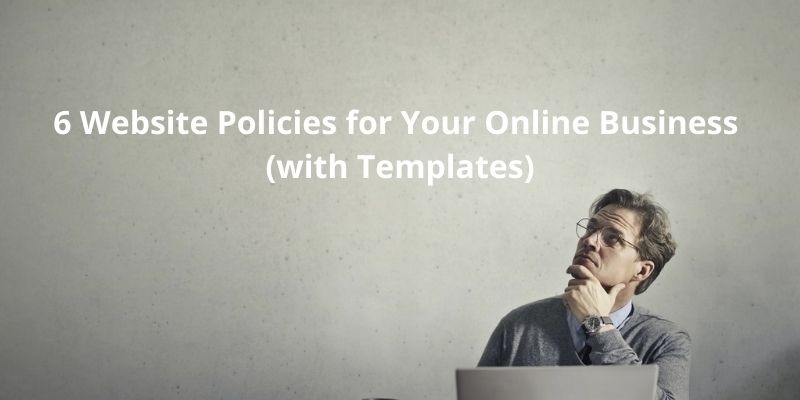
4 Jun 2020
8 min read
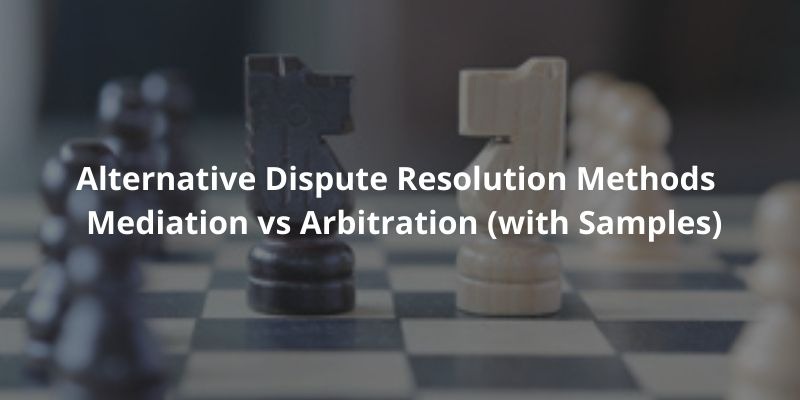
2 Jun 2020
10 min read
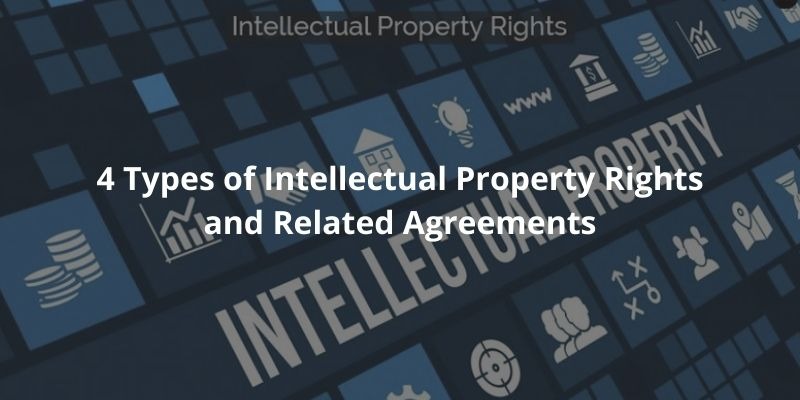
28 May 2020
13 min read

25 May 2020
8 min read
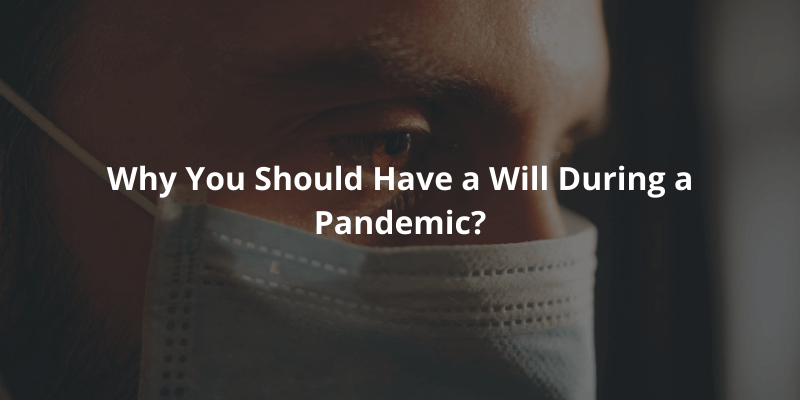
1 May 2020
10 min read

1 Apr 2020
6 min read
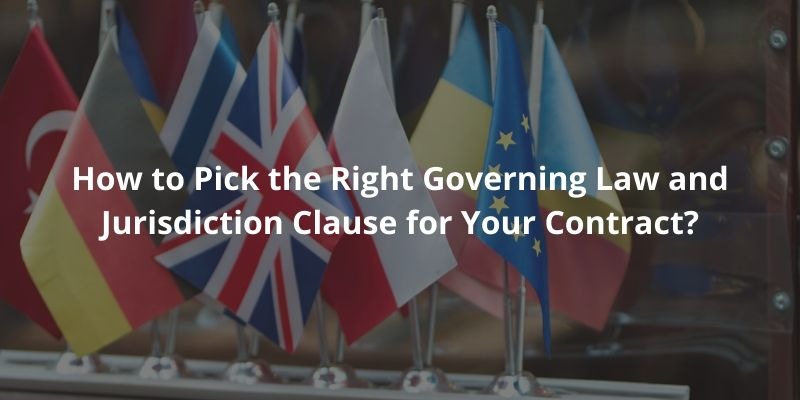
1 Mar 2020
11 min read
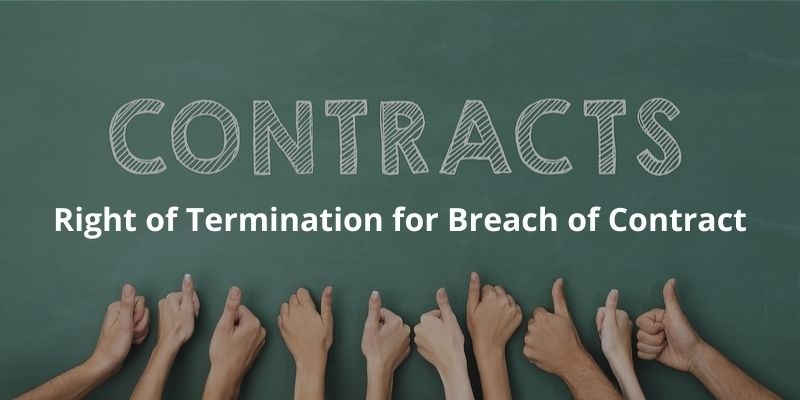
1 Feb 2020
11 min read
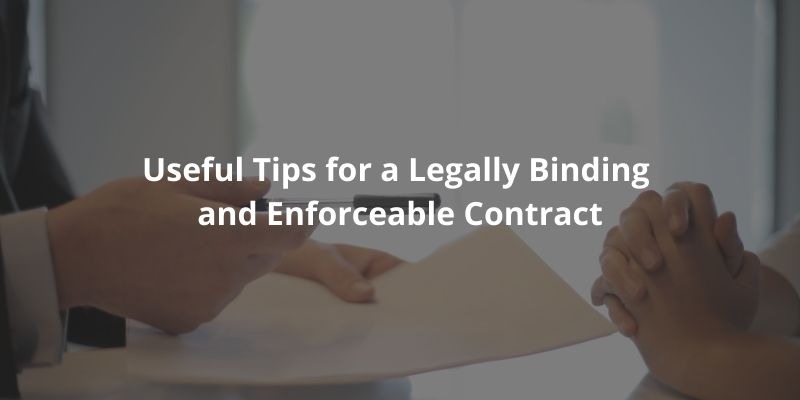
8 Jan 2020
9 min read

1 Jan 2020
1 min read

10 Dec 2019
7 min read

26 Nov 2019
8 min read

5 Nov 2019
5 min read

24 Oct 2019
3 min read

1 Oct 2019
1 min read

1 Oct 2019
1 min read





